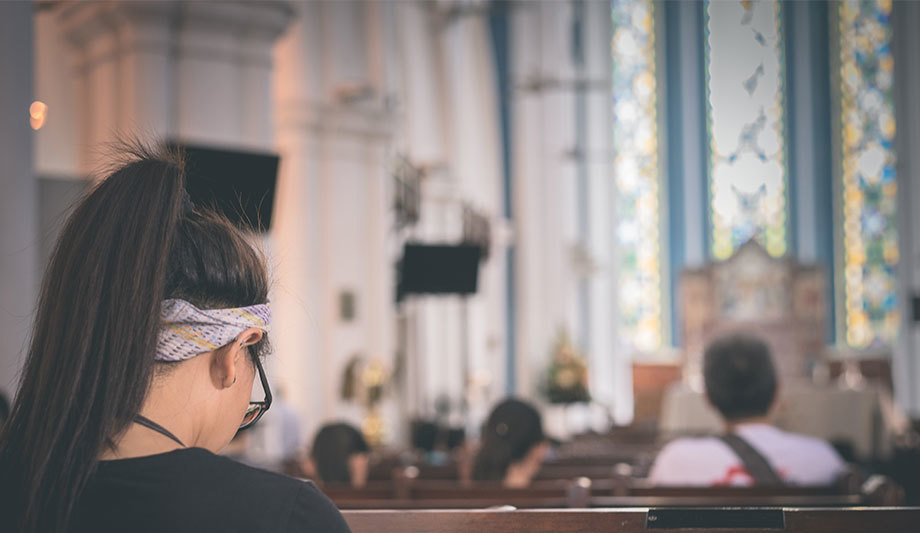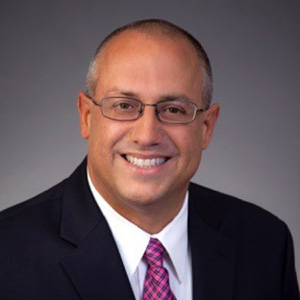Securing Churches And Places Of Worship - Balancing Openness And Protection
Editor Introduction
An eruption of violence at a church in Charleston, S.C., this June has increased awareness of the potential for such incidents at our houses of worship. On June 17 at Emanuel African Methodist Episcopal (AME) Church in downtown Charleston, a 21-year-old attacker wielding a Glock 41 .45-caliber handgun took the lives of nine people. But it was far from the first security breach at a house of worship. In fact, since 1999, more than 500 people have died a violent death on church or faith-based property. That number is close to, if not slightly ahead of, the number of violent deaths at our schools. Seeking answers, we asked this week’s Expert Panel: What security solutions could help them remain secure? Can houses of worship remain as open as in the past?
The recent hate crimes aimed at Christian, Jewish, Muslim and Sikh houses of worship make it clear these facilities can no longer remain freely open to all visitors. The difficulty will be balancing the desire religious facilities have to remain welcoming versus today’s security realities. For the safety of congregants and employees, houses of worship must lock their doors except during weekly services and events such as weddings. During those times, security guards should be employed. Electronic security should also play a role. Panic buttons throughout the facility should summon first responders in case of an attack. A mass notification solution can save lives by providing information during emergencies. Monitored intrusion systems help protect interior spaces. Surveillance cameras can provide evidence of criminal activity both inside and outside a facility. Sadly, these attacks are likely to continue. Houses of worship have little choice but to take action to mitigate risk.
It’s no longer enough to pray for a safe and secure environment. Criminals don't care as they know churches are soft targets. Clergy and parishioners will need to work closely with security consultants and local law enforcement to harden their facilities against criminals. This kind of cooperation can and does help prevent violence and other incidents. Church leaders and congregations must look to technology to secure their facilities. Technology can also make it easier for church officials to communicate directly with their congregations and their local communities. Access control, CCTV solutions and mass notification are all helpful. These are security measures that can be placed unobtrusively so as to not interfere with the aesthetics of the church and surrounding facilities. There are also low-technology solutions such as lighting, fencing, landscape and signage that can improve security.
Headlines regarding theft and vandalism certainly encourage houses of worship to be ever mindful of their security, but it is not just the threats from having an open door policy – many churches are targeted for items of value within their structure (such as lead roofing) as much as precious artifacts and valuables/cash held within. Generally, houses of worship are targeted when unattended so one way to target criminals is to have restricted access to the building at these times. From a security point of view this is very practical; CCTV cameras or other security devices can be focused on a smaller area. Security detector specialist GJD has even developed a system to guard the exteriors of churches such as the roof. Often thefts happen in full public view as criminals pose as contractors, so church staff should also ensure local people know when work is scheduled and when to be suspicious.
What might differentiate a house of worship from any other premises on a regular street? Firstly, each religion has its own “management culture” that influences the openness of these houses. Those choosing unfettered access for the public are naturally vulnerable. Theft of valuable artifacts, shelter for the intoxicated and mentally ill, are some of the threats to safety. What makes these different from retail outlets, for instance? On the face of it, their proven measures are applicable such as staff training, guards, CCTV, article protection, “doorbell” threshold sounders, etc. Often these feel incongruent with the ethos of a house of worship, but maybe they need to “get real.” Profound attacks such as marauding gunmen and car bombings come from deep-seated grievances becoming obsessions in matters of personal faith and wider political struggles. That demands fortresses, no matter how unpalatable.
The fact is, there is NO reason for any church to panic. But, at the same time, there is every reason for every church to be prepared. Churches must never seek to close their doors. We must strive to protect our flocks, while at the same seeking to increase the number in our flocks. When it comes to a "security solution," there is only one safety tip churches need to consider: There is an absolute need to wake up in terms of this violence entering houses of worship. Last week I visited the church in Charleston [that was] the site of the June 17 massacre. It was heartbreaking and gut-wrenching to see where bullets had been in the wall – and to stand where those nine precious lives had been slain. Churches will never heed security solutions until they wake up to the reality of the day in which we live.
Editor Summary
Perhaps the first step to addressing the problem is raising awareness of possible dangers present at any open environment, including houses of worship. Balancing protection with the need for security requires delicate tradeoffs, although the alternative of doing nothing is clearly unacceptable. The violence is here, both outside, surrounding our houses of worship – and inside them.
- Related companies
- GJD Ltd
- Lambert & Associates
- TDSi
- Xentry Systems Integration
- PVF Security Consulting
- View all news from
- GJD Ltd
- Lambert & Associates
- TDSi
- Xentry Systems Integration
- PVF Security Consulting
Expert commentary
Security beat
Security bytes
- Getting To Know Dan Grimm, VP And General Manager Of Computer Vision At RealNetworks
- Big Wins And The Importance Of Showing Up: Insights From SecurityInformed.com Editor Larry Anderson
- Setting Goals, Business Travels And Radioactivity: Success Secrets From Tiandy's John Van Den Elzen
- Getting To Know Jeff Burgess, President/CEO At BCDVideo
Multi-Residential Access Management And Security
DownloadGuide For HAAS: New Choice Of SMB Security System
DownloadPrecision And Intelligence: LiDAR's Role In Modern Security Ecosystems
DownloadHikvision: Solar Powered Product Introduction + HCP
DownloadGunshot Detection
DownloadVerkada TD52 Cloud-Based Video Intercom
exacqVision IP08-64T-R1XW-E X-Series 1U Rdnt IP NVR 64TB RAID5 Windows OS with 8 IP Ent Lic
Climax Technology TouchPanel-3 7” Color Graphic Touchscreen Panel




















